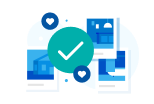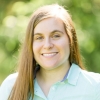Nursery Design and Planning Tips
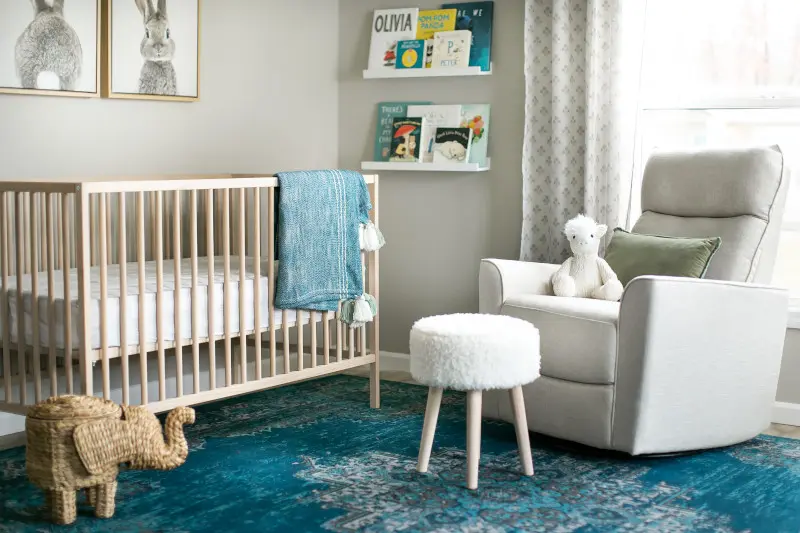
Prepare a nursery for your baby with these design ideas. From babyproofing to finding a focal point to start your decorating, your little one will have the perfect nursery in no time!
There is so much to do when you’re getting ready for your baby’s arrival, and designing your nursery is likely at the top of the list. When planning how you want to decorate, the key is to find a balance between a cute, fun style and nursery needs and safety. We’ve put together several tips that cover all those aspects so you can focus on welcoming your newborn.
Practical Design
1. Choose items that are durable and washable.
Ensuring you choose materials that can be thrown in the washer and stand up to everyday wear will make things easier. Choosing colors that don’t show stains as much is also a good idea, and furniture that can be wiped down quickly will save time.
2. Consider a convertible crib.
If you have the room, getting a crib that can convert into a child’s bed will save you from needing to buy more furniture later on.

3. Think about your comfort.
It may be your baby’s room, but you will be spending a lot of time there. Invest in supportive pillows and a comfortable rocker or glider. Add an ottoman to prop your feet on or to use as a handy table. Better yet, you can create your own “parent station.” Have a side table with helpful items like extra burping clothes, a phone charger, a bottle of water, a book and more. If you’re nursing, pick a table with storage for things like nursing pads, creams and cleaning wipes. You may want a small hamper or waste basket close by as well.
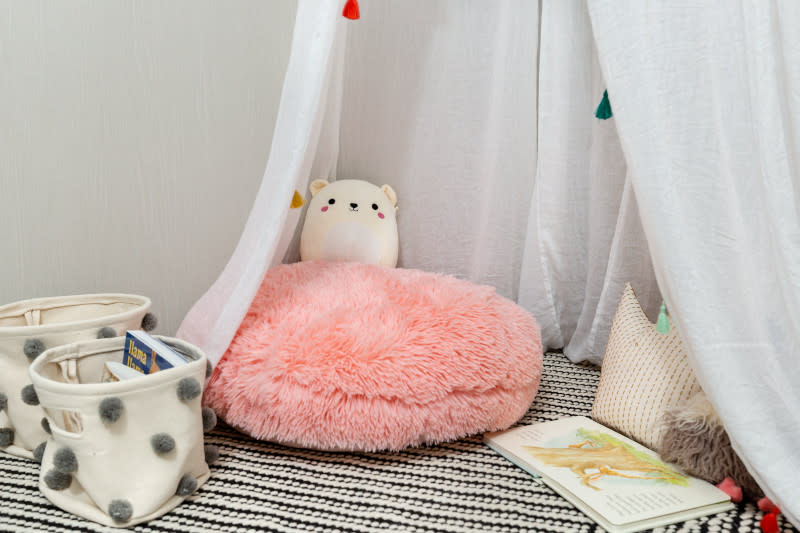
4. Invest in storage tools.
Storage is a parent’s friend, especially if you have a smaller space. Ottomans that open up for storage, shelving, drawers, cubbies and baskets will be essential for maximizing your space. Reducing clutter will also help keep the nursery’s pathways clear and the stress down.
5. Get organized.
To help with your baby’s multiple outfit changes each day, divide clothes by size with clear hanger dividers labeled newborn, 3 months, 6 months to transition smoothly as your baby grows. Once they outgrow a size, you can remove and wash those clothes to store or donate. Another helpful tip is to bundle outfits together as you put them away. That way you aren’t searching for items after a diaper change.
Drawer dividers can also keep supplies or clothes separate and easy to find, and a hanging shoe rack on the closet door can hold baby shoes with pairs of socks or onesies with bibs. For your diaper changing station, a make-up organizer, a spinning caddy or a storage tray can hold everything you need.
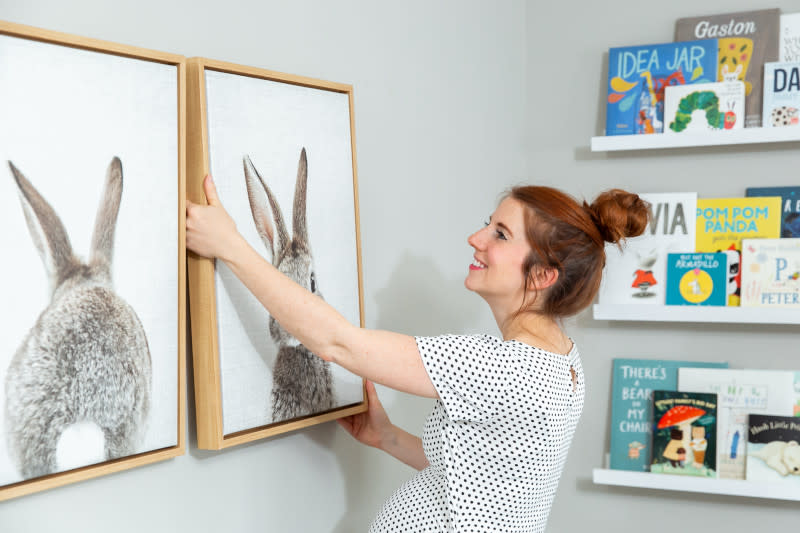
Style Design
1. Build on your focal point.
Whether it’s the crib, the baby quilt a family member made or art prints for a gallery wall, your focal point will dictate the rest of the room, such as the color scheme, mood, textures and furniture placement. You may want to hold off on painting, wallpapering or buying other pieces until you choose a focal point to give you direction.
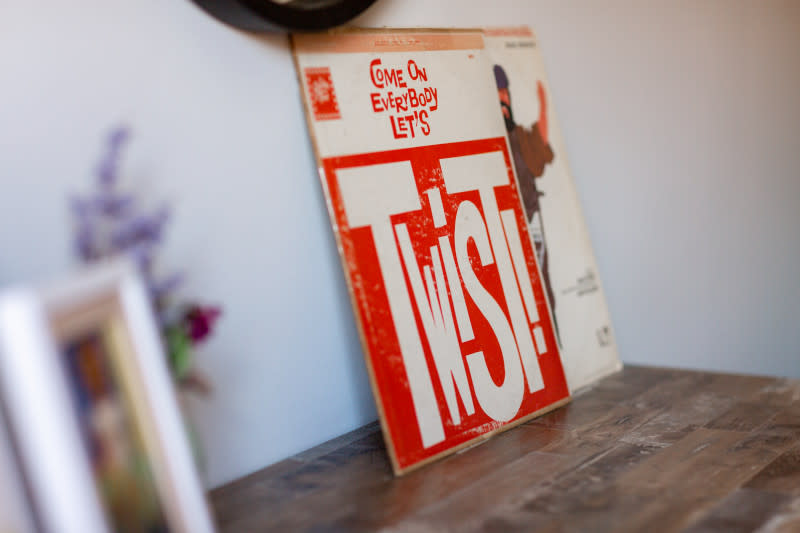
2. Repurpose what you already have or find.
You don’t have to buy everything new or in a matching set. Maybe you have an old dresser in your garage you’ve been meaning to spruce up with a bit of paint. You can easily make that your diaper changing station with a changing pad on top and drawers filled with diapers, wipes and ointment. Did you find some records of kid songs at the thrift store? Add them to your nursery gallery wall. Check with family members, friends with children, yard sales and thrift stores for possible nursery finds.
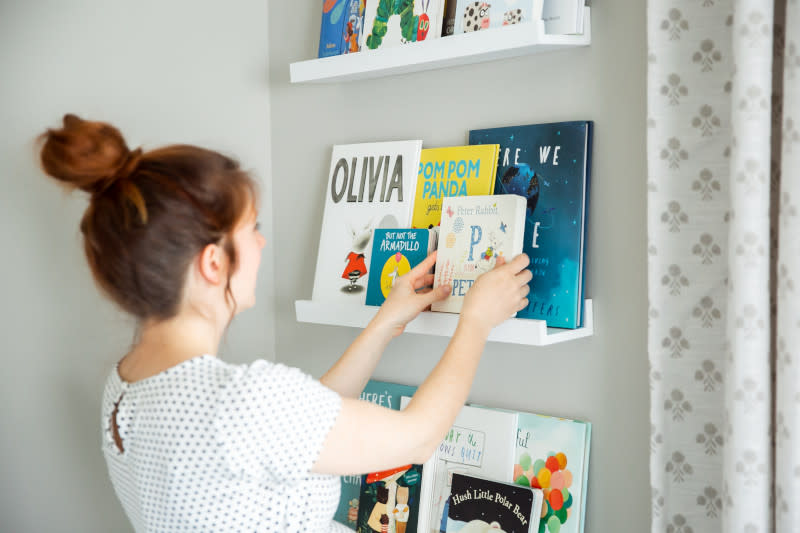
3. Use the library as a design opportunity.
Store and display your baby’s books in fresh way. Arrange them in cubbies by color – making putting them away a great color lesson or game for your child down the road. You can stack books with great cover art on shelves in varying heights or place them on low shelves around a reading nook. You could even store them in a toy wagon or arrange them on a cute book tree or spiral shelf.
4. Consider getting a mobile.
Not only can mobiles be a great statement piece, but they also stimulate your baby when they’re in their crib. There are a variety of styles available, from the standard plush animals to shimmering stars to colorful pom-poms and more. Some mobiles are even designed specifically for vision and brain development.

5. Think outside the traditional.
There is no rule saying you must decorate a nursey in pastels and teddy bears — though you certainly can! The nursery should reflect your tastes and style because, after all, you will be spending quite a lot of time in there too. If you want a bold striped accent wall, go for it. Whether you’ve fallen in love with a faux fur rug, a reclaimed side table or a bohemian overhead light with tassels, you do not have to limit your options just because items weren’t in the baby section. If your nursery will be your child’s room as they grow older, make style choices that will translate well to an older child too.
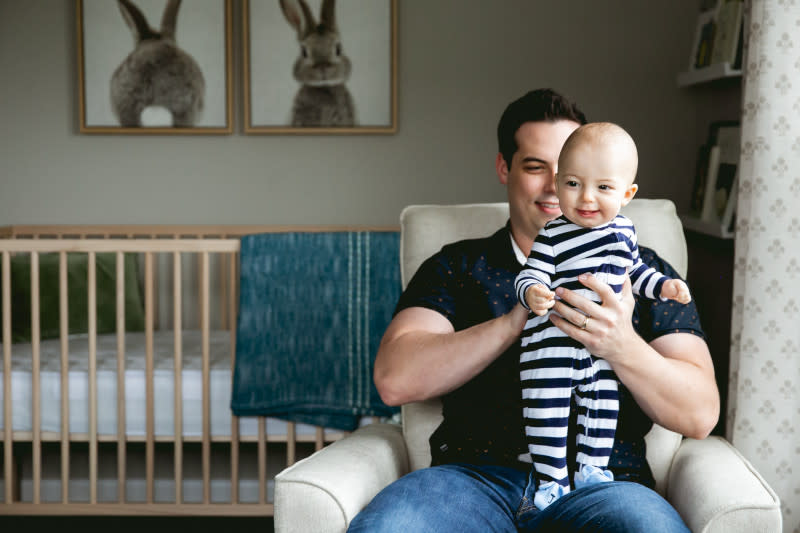
Safety Design
1. All fixtures should be secure.
Before your baby arrives, test all furniture for sturdiness in case anything needs to be tightened up or balanced. Look up crib guidelines for correct slat distances and what to check for security-wise. Inspect any hanging shelves or frames to ensure they are stable, lightweight and won’t fall off easily, possibly injuring you or your little one. If you have a rug, make sure it grips the floor properly and doesn’t slide or add non-slip pads underneath.
2. Install smoke and carbon monoxide detectors in the room.
Having a smoke and carbon monoxide detector right in the nursery will give you piece of mind and an extra layer of security for your baby. If there is a flame or a gas leak in the room, you’ll be alerted quickly.

3. Paint in advance.
You will want to paint early to prevent your baby from inhaling any paint fumes. It’s recommended you paint the nursery two months in advance and be sure to check the paint for any harmful chemicals you will want to avoid.
4. Wash all clothes in baby-safe detergent beforehand.
Use laundry detergents that are gentle and safe for your baby’s skin. You’ll want to choose ones that are hypoallergenic and fragrance free. Plus, washing all their spit-up cloths, linens and tiny clothes and having them neatly put away before the baby comes will save you a lot of time and stress in those first hectic weeks.
5. Babyproof the nursery.
You want to make your baby’s nursery a safe place as well as a happy one. Make sure electrical cords are out of reach and cut or tie blind cords to prevent the risk of strangulation. Babies can also chew or pull on these cords, resulting in injury. Keep cribs away from windows. Check your child’s plushies for button eyes or small pieces that could come off, as these could be choking hazards. Cover electrical outlets with protectors in case of curious little fingers, and pad sharp corners and edges of furniture. Find more advice on how to babyproof the rest of your home here.
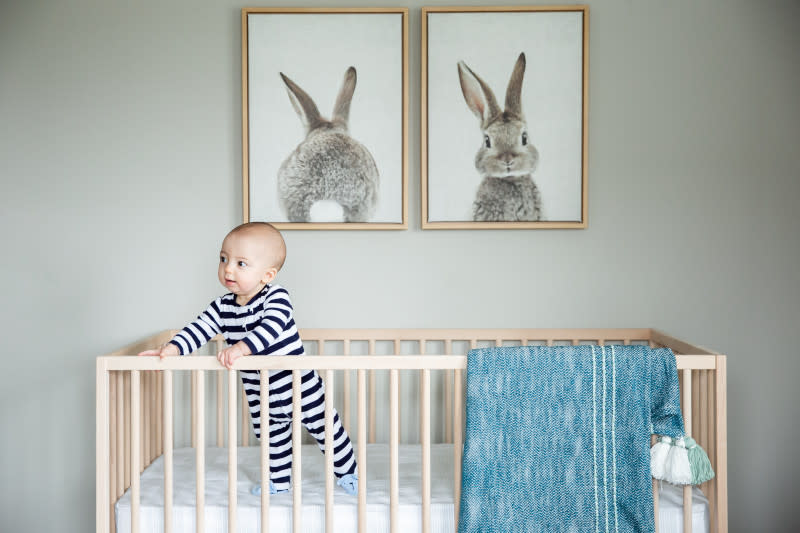
6. Only use a fitted sheet for the first year.
Baby bedding sets are super cute, but crib bumpers and blankets should not be used until the baby turns one. These extra layers not only pose a suffocation risk for babies, but can also overheat them. It’s best to stick to a simple fitted sheet, and make sure it is pulled tight. Also, leave out any pillows or stuffed animals for the same reasons.
Designing your baby’s nursery is an exciting project, and these tips can help you prepare. If you want to set up a more temporary nursery until your child is a bit older and on a more regular sleeping and feeding schedule, we also have some great homes that are perfect for that set-up. Home models like The Gabrielle, The Yukon, The Ocala and The Tallahassee are just a few that offer the option for a primary bedroom retreat with a smaller room that’s attached and accessible only from the main bedroom.
This retreat area can make a great nursery with quick and easy access for parents. You don’t even have to leave your bedroom for a late-night diaper change. And if you work from home, you can also use the retreat as a half-office and half-nursery until you are ready for your child to move to their own room. You can feel at ease having your baby and supplies so close at hand.
To find more homes available near you with features like a primary bedroom retreat, search and select features you want in our drop-down list on the home search page.
Are you ready to find your dream home?
Start shopping now or find a home center in your area to learn more about Clayton Built® home options.By entering your email address, you agree to receive marketing emails from Clayton. Unsubscribe anytime.
© 1998-2025 Clayton.
